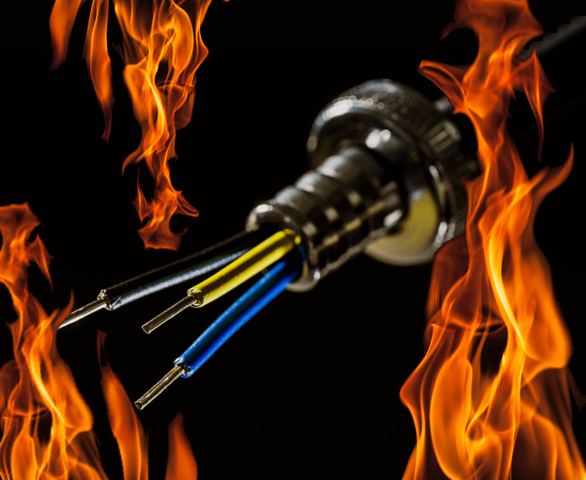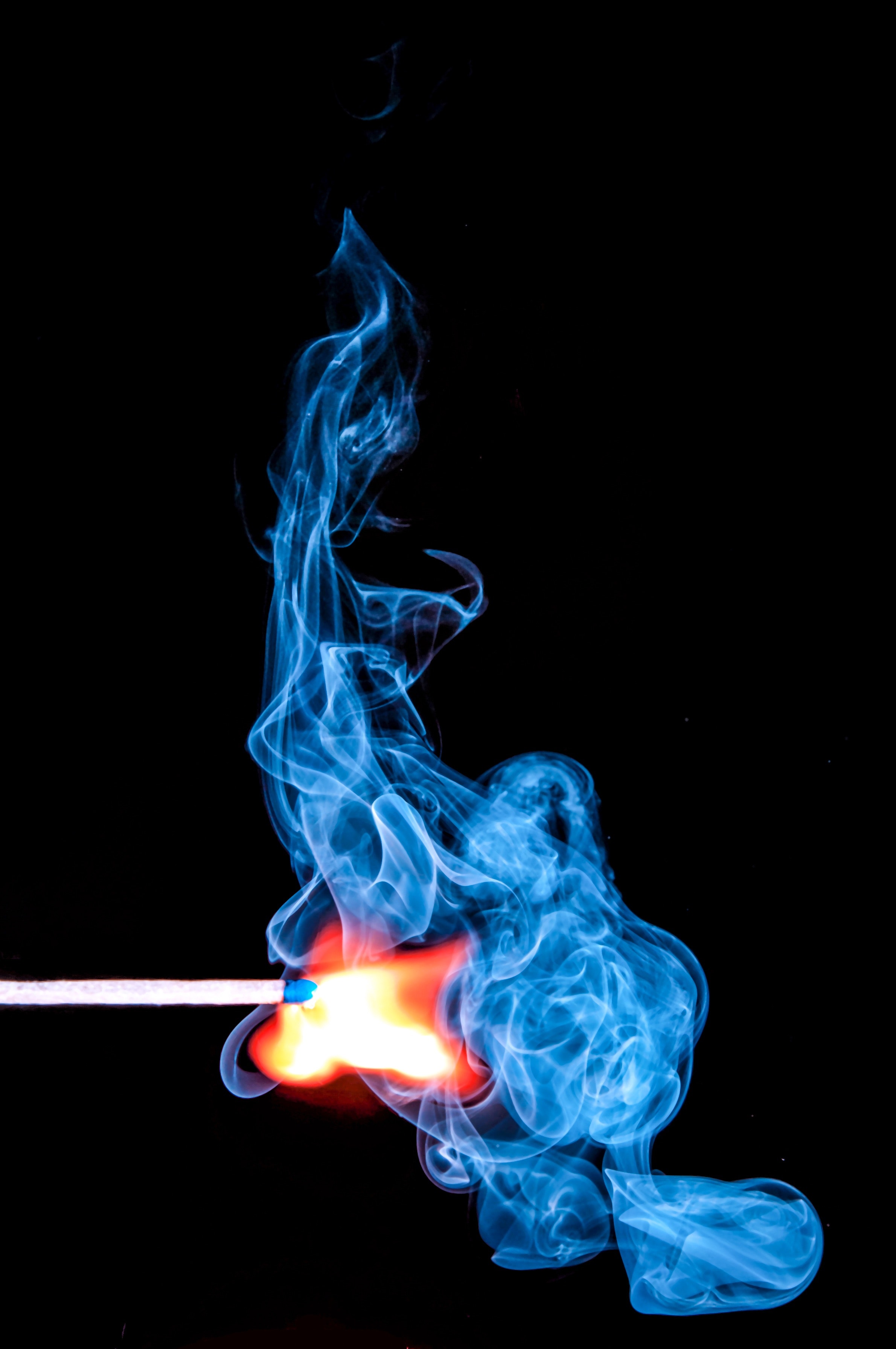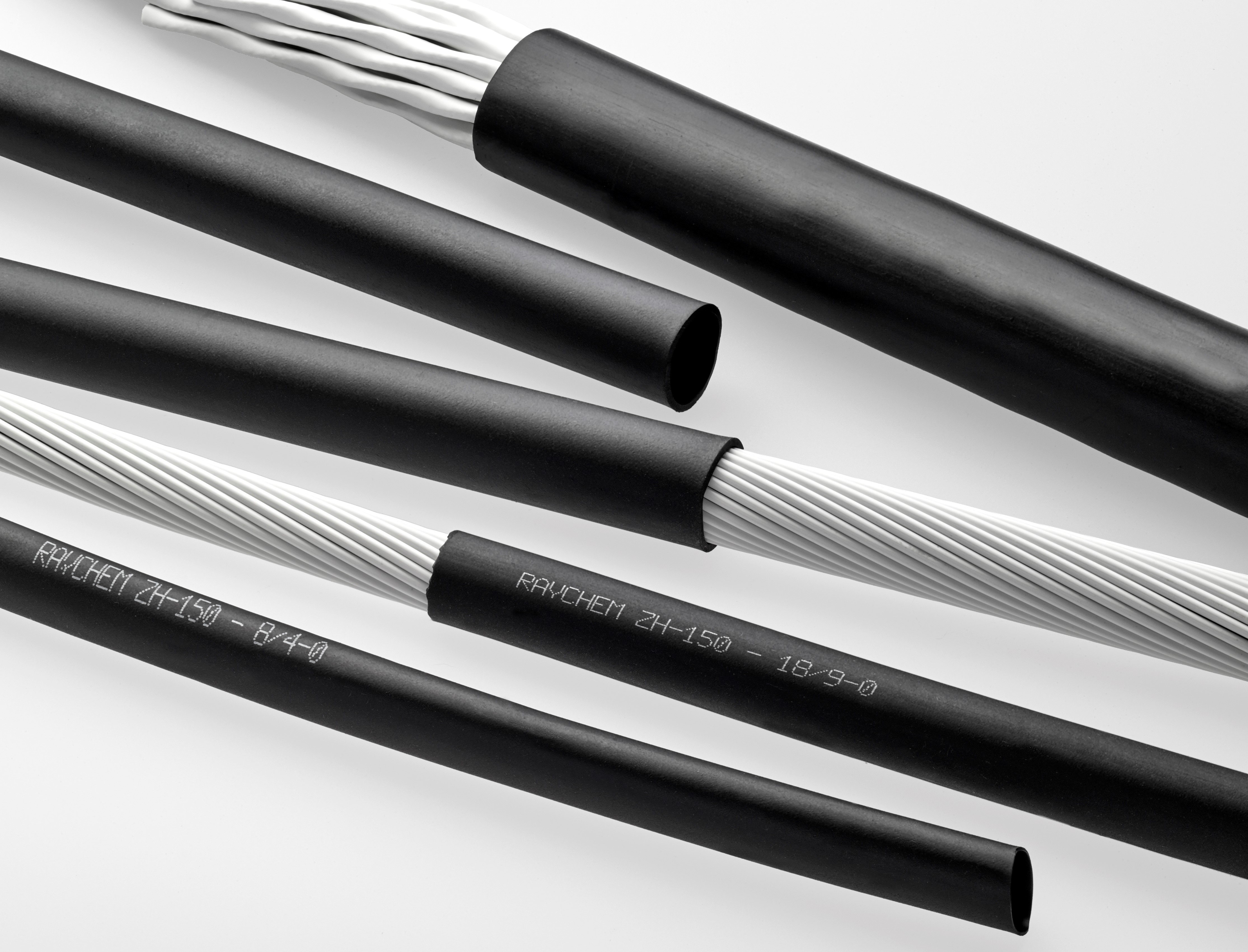Too Hot to Handle: Protecting Wire and Cables from Fire
Fire poses real risks to sensitive electronics in data centers, building structures, vehicles, and other high-density electronics applications, especially as our reliance on connectivity continues to grow. New materials designed to protect wire and cables from fire improve overall system safety and safeguard critical connectivity functions.

Heat presents challenges for electronics. Components and assembled electronic equipment have safe storage and operating temperature ratings, and even small divergences outside of those ranges, such as situations in which air conditioning systems fail or equipment is left in a hot car, can lead to physical and electrical malfunctions or failures. High-heat situations, such as fire, present even greater risks, and especially so as our reliance on connectivity continues to grow and expand into new markets. Plastic connector housings and wire and cable tubing can melt. Smoke residue can become debris or lead to corrosion. Critical signal transmissions and power supplies can be disrupted. Plus, flammable cables could rapidly transmit fire throughout installations and across distances. Protecting wire and cables from these hazards is of critical importance.
Protecting Wire and Cables from Fire Hazards
Flame-retardant cable will not convey or propagate a flame. For many years, mineral-insulated (MI) cable, which uses copper conductors, magnesium oxide, and a copper sheath, has been commonly used in applications such as emergency power circuits and generators. But MI presents installation challenges and delays that can lead to increased costs.
Fire-resistive or fire-rated cable, commonly known as a circuit integrity (CI) cable, will continue to operate in the presence of a fire and is rated to resist fire for a two-hour period. It is also more flexible and easier to install.
Modern Materials Improve Flame Retardancy
 Cable technology is in a period of new development and alternative material technologies are being developed to address installation issues, extend performance, and better protect wire and cables in critical applications or environments where risk of fire is present.
Cable technology is in a period of new development and alternative material technologies are being developed to address installation issues, extend performance, and better protect wire and cables in critical applications or environments where risk of fire is present.
Polymeric materials are used extensively for cabling and tubing technologies due to their outstanding combination of physical properties and their ability to be processed into a wide variety of forms. However, most polymeric materials are composed of flammable organic material, which is unacceptable for applications that require flame-retardant products. As such, they are often combined with either halogenated polymer flame retardants or non-halogenated flame retardants, each of which offers its own unique characteristics.
Halogenated polymers are one option that has been widely used in heat-shrink tubing to protect wire and cables from physical and electrical damage. However, these polymeric materials don’t meet fire safety requirements specifying “limited fire hazard.” They also don’t comply with environmental directives banning or limiting the use of halogen compounds that could produce toxic smoke if combustion occurs.
New zero-halogen polymer technology has been developed for halogen-free heat-shrink tubing products that address weight, electrical, and fire-safety concerns. Cross-linked polymer compositions offer a high-temperature rating, fluid resistance, and mechanical performance similar to elastomer products, but with improved fire-safety characteristics. These advanced materials provide a high-performance alternative to the halogenated and non-halogenated flame retardants traditionally used for protecting wire and cables from fire hazards.

TE Connectivity’s INSTALITE ZH-150 Raychem Heat-Shrinkable Tubing helps protect wire and cables from fire hazards and meets zero-halogen requirements for limited fire hazard protection.
Halogenated Flame Retardants
Bromine-based material compounds are commonly used as flame retardants because they actively interfere with two reactions in the gaseous phase of a fire. They chemically interfere with and inhibit the exothermic oxidation reaction in the flame, which reduces energy generation that would feed the fire, and produce heavy bromine-containing gases that protect the polymer surface and hinder the flow of oxygen to the fire, thereby starving the fire.
The high efficiency of brominated flame retardants means that only a small amount of additive is needed to produce acceptable flame retardancy. This allows brominated materials to reliably protect wire and cables from fire hazards while maintaining suitable physical characteristics with little reduction in mechanical performance and fluid resistance. In addition, the high flame retardancy of brominated additives imbues polymers with self-extinguishing properties. However, when polymers with brominated flame-retardant additives do burn, they produce large volumes of thick, toxic smoke. This makes them suitable for applications used areas where people might need to escape from a confined space, like smart buildings.
Fluorine is a halogen found in polymers known as fluoropolymers. This type of material exhibits intrinsic flame retardancy and self-extinguishes when removed from the heat source. However, in a combustion situation, fluoropolymers can also produce large amounts of highly toxic smoke and corrosive gases.
Non-Halogenated Flame Retardants
 Metal hydroxides are halogen-free flame retardants that are widely used to meet fire-safety requirements for applications in areas where people might need to escape from a confined space, such as office buildings, smart factories, and transit stations. Metal hydroxides are non-toxic, readily available, and environmentally friendly and act as a flame retardant by decomposing in a fire, which produces metal oxides and water to inhibit flame propagation.
Metal hydroxides are halogen-free flame retardants that are widely used to meet fire-safety requirements for applications in areas where people might need to escape from a confined space, such as office buildings, smart factories, and transit stations. Metal hydroxides are non-toxic, readily available, and environmentally friendly and act as a flame retardant by decomposing in a fire, which produces metal oxides and water to inhibit flame propagation.
Metal hydroxide flame retardants help suppress fires in several ways. They undergo a decomposition process in an endothermic reaction that removes energy from the fire; they produce water vapor that cools the surface of the polymer and dilutes the combustible gas concentration in the fire; and they produce metal oxides that form a barrier on the surface of the polymer to protect the substrate from the flame.
Unfortunately, these mechanisms are not as efficient as brominated flame retardants, so non-halogenated flame retardants must be used in much higher concentrations, which can have a detrimental effect on the performance of the polymer system and lead to reduced resistance to high temperatures and reduced flexibility at low temperatures. Even so, metal hydroxide additives are frequently used to formulate flame-retarded polymer systems, since wire and cable products using this system both slow the spread of fire and generate minimal smoke. As such, metal hydroxide systems also allow electrical designers to meet fire-safety requirements for applications in areas where people have limited escape routes, but with the tradeoff of reduced product performance.
Advanced Flame Retardants in Action
TE Connectivity has formulated a cross-linked, zero-halogen polymer composition that exhibits excellent physical and fire-safety properties for a variety of heat-shrink tubing applications. The INSTALITE ZH-150 Raychem material provides mechanical and electrical protection similar to existing high-temperature tubing, offers fluid resistance, performs at low- and high-temperatures (-75C to 150°C), has low smoke output in a fire, and is suitable for use across multiple application environments.
Visit TE Connectivity online.
Like this article? Check out our other Connector and Cable Basics and harsh environment articles, our Wire and Cable Assemblies Market Page, and our 2019 Article Archive.
- Too Hot to Handle: Protecting Wire and Cables from Fire - October 15, 2019





